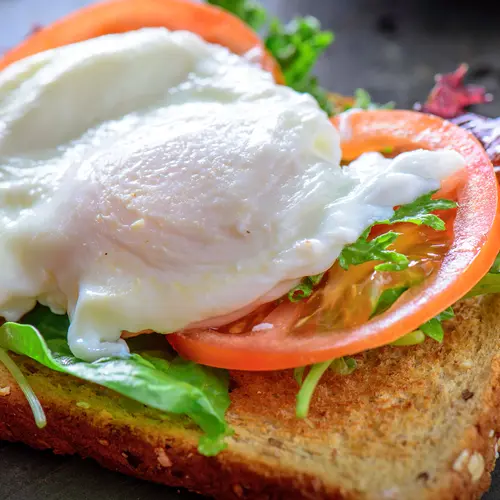What Are Trans Fats?
Trans fats exist in two general forms.
One type of trans fat occurs naturally in small amounts in some meat and dairy products. This type of trans fat forms in the guts of some animals and is present in food that comes from them.
The other type of trans fat, which is the main source of trans fat in processed foods, is artificially added as partially hydrogenated oil. This type of trans fat is produced by adding hydrogen to vegetable oils to make them more solid.
Some companies use trans fats because they spoil more slowly than similar products. Also, trans fats are cheap to make, can be reused in restaurant fryers, and can add flavor and texture to some foods.
Why Are Trans Fats Bad For You?
Consuming trans fats, especially those from hydrogenated oils, increases your LDL cholesterol. This is the “bad” type of cholesterol that clogs and hardens your arteries, leading to a higher risk of blood clotting or stroke. High LDL cholesterol levels can also increase your risk of developing heart disease, which is the number one cause of death in men and women in the U.S. Trans fats are also associated with a higher risk for type 2 diabetes.
Additionally, trans fat intake during pregnancy may be linked to lower birth weight. Consuming trans fats can also increase the risk of prostate cancer and colorectal cancer. We need more studies to confirm this.
As there is no real nutritional benefit to including hydrogenated oil in your diet, doctors recommend avoiding trans fats as much as possible.
Trans Fat Ban
The FDA has banned companies in the U.S. from adding partially hydrogenated oils to foods. They also require trans fats to be listed on nutrition facts labels.
However, if a product has 0.5 grams or less of trans fats per serving, companies can market it as having 0 grams of trans fats; so it's important to be aware of foods that may contain it.
The FDA says trans fats may still be present in small amounts in some packaged foods:
- Crackers, cookies, cakes, frozen pies, and other baked goods
- Snack foods (such as microwave popcorn)
- Frozen pizza
- Vegetable shortenings and some stick margarines
- Coffee creamer
- Refrigerated dough products (such as biscuits and cinnamon rolls)
- Ready-to-use frostings
Check the ingredient list to see if it mentions partially hydrogenated oils.
Trans Fats in Fast Food
Some fast-food chains have stopped using trans fats.
Check the nutritional information for the restaurants you visit the most. Nutrition and fat facts are often available on a restaurant's website, menus, flyers, or posters.
Here are some specific types of fast foods to watch out for trans fats:
- Pastries, pie crust, and biscuits
- Breaded or fried chicken and seafood
- French fries
- Other desserts
- Breakfast foods
Trans Fat vs. Saturated Fat
According to the FDA and the American Heart Association, trans fats pose a greater risk for heart disease than saturated fats.
However, it's not a good plan to switch from consuming trans fats to saturated fats. They're both linked to heart disease. You should limit saturated fat to about 5% or less of your daily intake of calories, which comes to 11 to 13 grams if you eat 2,000 calories a day.
Some ways to limit your intake of saturated fat are to:
- Stick to a diet rich in foods including fruits, vegetables, low-fat dairy products, and unprocessed foods
- Limit the intake of sweet drinks and foods as well as red meat
- Use substitutes for butter
- Use unhydrogenated oil for cooking
- Opt for foods made with unhydrogenated oils instead of partially hydrogenated oils
Healthy Fats
Most of your fats should come from monounsaturated fats, which actually help reduce LDL cholesterol levels. These are mainly found in olives and peanut oil. Other healthy fat options include omega-3 fatty acids, which you can find in fish and nuts and some other food sources:
- Naturally occurring oils. Instead of eating products with artificial oils, try natural ones such as olive oil, corn oil, or canola oil to avoid trans fat.
- Plant-based meat alternatives. Eating a few vegetarian meals per week can help you avoid trans fats. Meat alternatives have come a long way, to include much more than just tofu. A goal of companies such as Beyond Meat and Impossible Foods is to make plant-based meats taste just like the real thing. However, choose foods that are lower in sodium, as some plant-based alternatives have equal or higher levels of sodium than real meat.
- Plant-based dairy alternatives. Instead of traditional nondairy coffee creamer for your morning cup of coffee, try oat milk or almond milk creamer. These options have zero trans fats, and some brands have made special barista-inspired products centered around making your coffee taste great.

